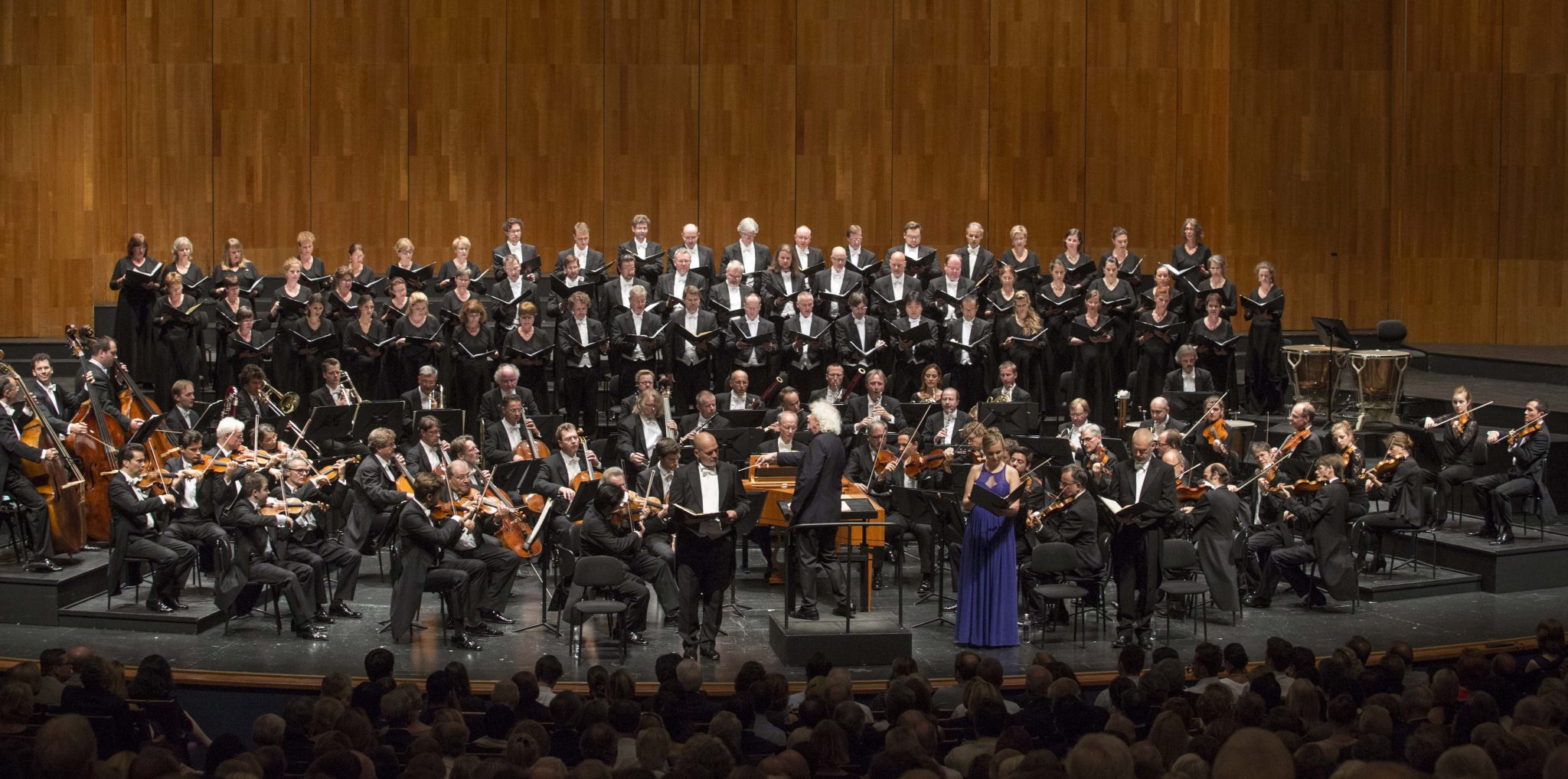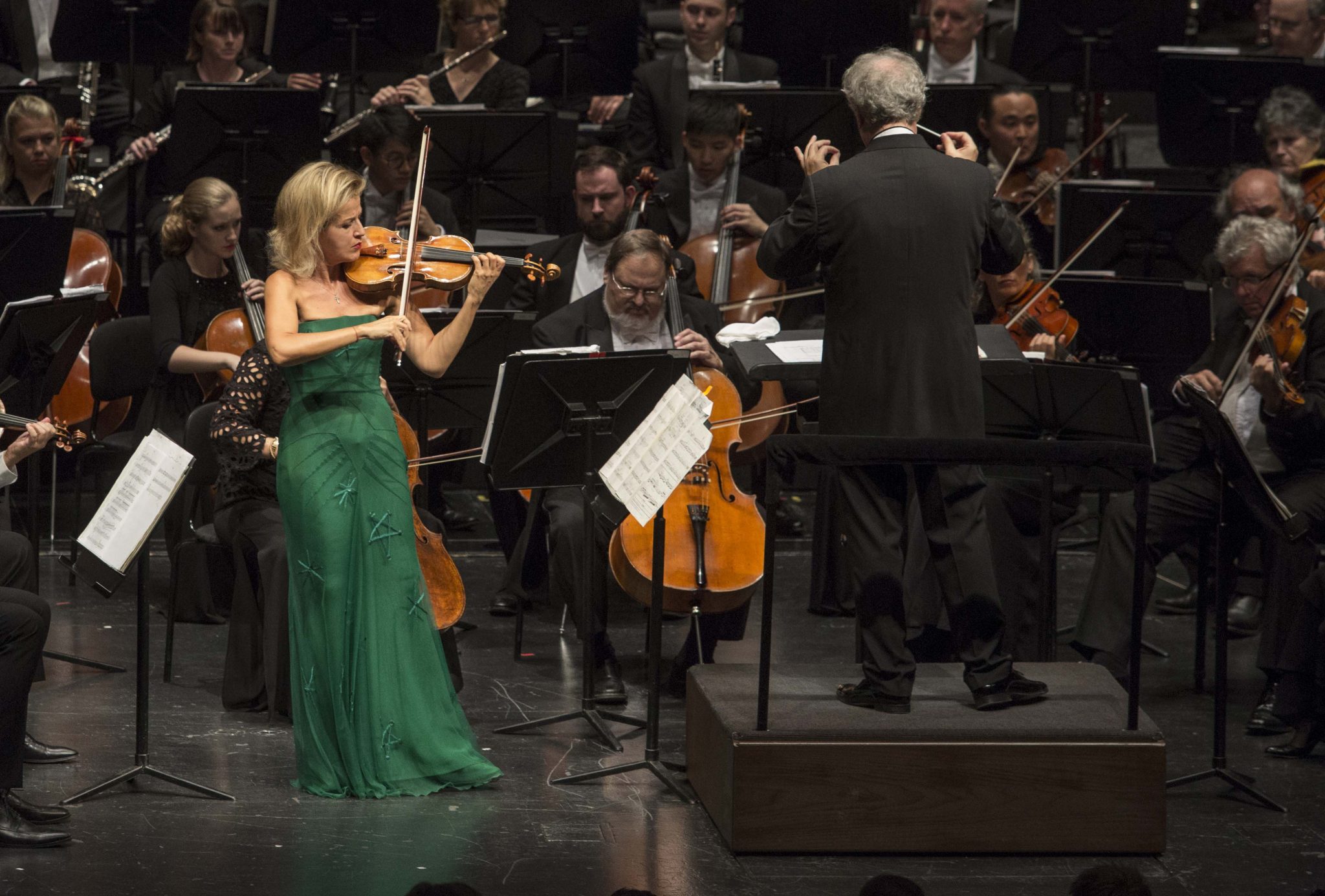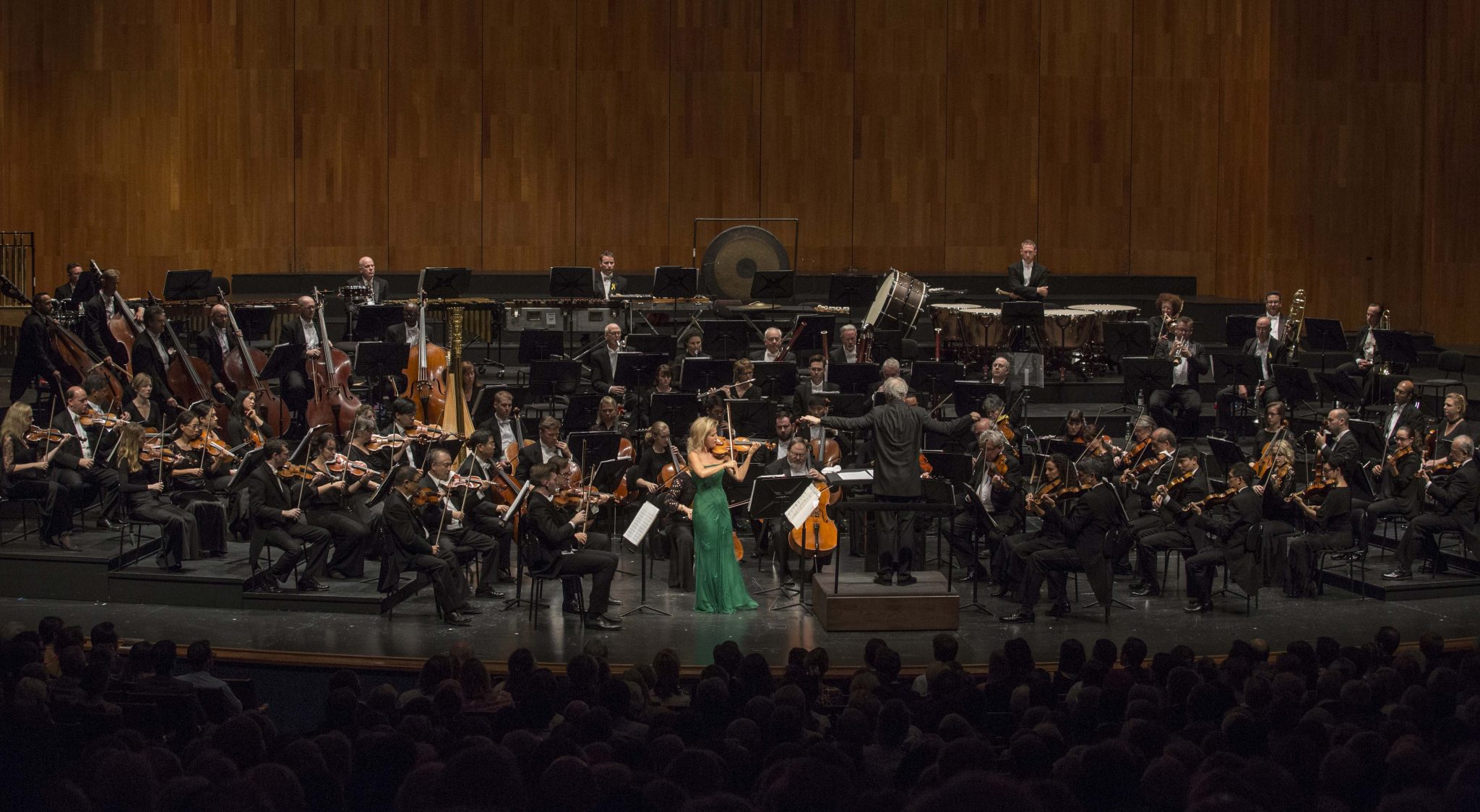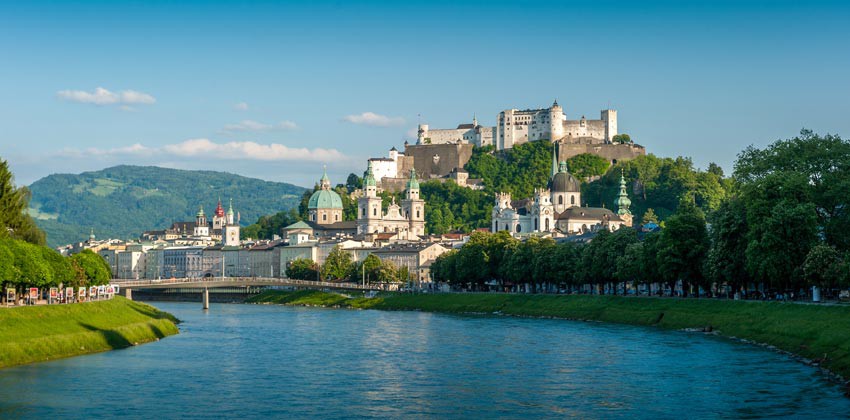Neck to neck, two great symphony orchestras finished the festival programme on a high note. This was the Berlin Philharmonic (Monday 28th August) and Pittsburg Symphony orchestra (29th August). I took a few days off writing to journey to Italy, the home of opera and then on to Vienna for three nights at the fabulous State Opera before returning home to India.
The Berlin Philharmonic was conducted by erstwhile music director, Simon Rattle, where he remains chief conductor and artistic director. His repertoire ranges from the Baroque to contemporary music. He is also principal guest conductor of the Orchestra of the Age of Enlightenment and works with leading orchestras on both sides of the Atlantic. Born in Liverpool, Sir Simon studied at the Royal Academy of Music in London.

Here he chose to present an eclectic programme of two symphonies by Shostakovich. The first half showcased the First Symphony which was the graduation piece of the promising conservatory student in post Revolution Petrograd. The second half contained the Fifteenth Symphony dating from the Brezhnev era offering a contemplative summation of the composer’s career. Both symphonies conformed to the Classical-era model – abstract and each in four well proportioned movements. However, the differences between the two symphonies reflect a life time of experience through one of the most turbulent eras in world history.
Most of Shostakovich’s student compositions were small scale works mainly for solo piano but in many of these we already hear the fantastical, humorous and outright grotesque that distinguish the First Symphony from its 19th century forebears.

Both symphonies are scored for large orchestra but regularly reduced to chamber like texture distinguishing the music from the large scale symphonies of the late Romantic era. The orchestra sound was often crunchy, specially in the 15th symphony. This symphony is filled with quotations and references, a semantically complex web in which every idea is imbued with multiple meanings and deep autobiographical significance.
It is not an easy task to convince a festival audience that it is worthwhile hearing two modern symphonies. Simon Rattle and his Berliners were able to convince us that each of these two symphonies is a modern masterpiece. The orchestra which included piano and celesta was by turns truculent, ravishing and grotesque. The Berlin Philharmonic is a Mercedes of symphony orchestras. This guest orchestra could hardly be bettered yet the next evening with the Pittsburg Symphony was no less convincing.

Guest orchestra the Pittsburg Symphony under Manfred Honeck again showcased the talents of star violinist Anne-Sophie Mutter sandwiched between the last evenings Shostakovich symphonies and the forthcoming Tchaikovsky symphony no 6, were three pieces by Lutoslawski. Both works featured the composers during the last chapter of their lives looking back at earlier years. The three works for violin and orchestra were dedicated to Mutter and only she can play them with vivacity and refulgence. The cascades of notes in the Partita for violin and orchestra were played with breath taking ease, the technical hurdles surmounted with brio and dexterity across the full range of the violin. “Chain 2” subtitled dialogue for violin and orchestra was also given an impeccable performance with ghostly sounds emerging from within the orchestra. These pieces are obviously not easy to play for the orchestra nor for the violinist. They acquitted themselves admirably as did the audience applauding loudly in spite of it being difficult music to digest.

And then we came to the piece de resistance Tchaikovsky’s Symphony no 6 the Pathetique. In a sense he wrote this as his own Requiem persuaded by his friends to kill himself as news of his sexuality was gaining ground among his peers. It is said that he consumed a draught of typhoid toxin from a patient collected during an epidemic. There was no treatment in those days and Tchaikovsky is said to have died within a few days of consuming it.
The searing intensity of the music was brought out beautifully by Honeck and his orchestra, the audience palpably glued to their seats.
Two encores followed the first was ballet music by Tchaikovsky and the second an excerpt from Prokofiev’s Romeo and Juliet, both designed merely to sing and dance away the otherwise serious programme. What a fitting conclusion to the last week of this year’s Salzburg summer festival, in every way the greatest summer festival in the world.





